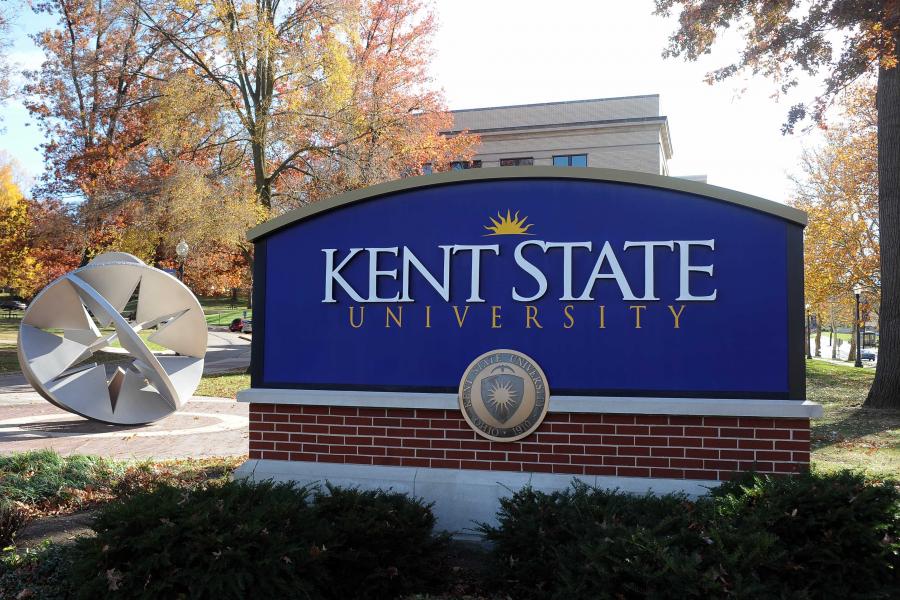Research

Jonathan V. Selinger, professor and Ohio Eminent Scholar in ÎçŇąľçłˇâ€™s Department of Physics, in the College of Arts and Sciences, and the Advanced Materials and Liquid Crystal Institute, has been elected a Fellow of the American Association for the Advancement of Science (AAAS), the world’s largest general scientific society and publisher of the journal Science.

Jonathan V. Selinger, professor and Ohio Eminent Scholar in ÎçŇąľçłˇâ€™s Department of Physics, in the College of Arts and Sciences, and the Advanced Materials and Liquid Crystal Institute, has been elected a Fellow of the American Association for the Advancement of Science (AAAS), the world’s largest general scientific society and publisher of the journal Science.

In 2019, a team of researchers in ÎçŇąľçłˇâ€™s Department of Anthropology published its “prize-winning” research article titled in the Journal of Archaeological Science. (Yes, the jokes are seemingly endless, but seriously folks, there is an important underlying message here about evidence-based research and fact-checking!)

Recently, Joseph Ortiz, Ph.D., professor and assistant chair in the Department of Geology in ÎçŇąľçłˇâ€™s College of Arts and Science, partnered with Sir Roland Jackson, Ph.D., a historian of science at the Royal Institution and the Department of Science and Technology Studies at University College London, to co-author a paper assessing the experiments described in Eunice Foote’s papers from a detailed quantitative perspective and to place them in historical context. They point out the differences between her hypothesis and that of the modern greenhouse effect.


Nuclear physics researchers at ÎçŇąľçłˇ and all over the world have been searching for violations of the fundamental symmetries in the universe for decades. Much like the “Big Bang” (approximately 13.8 billion years ago), but on a tiny scale, they briefly recreate the particle interactions that likely existed microseconds into the formation of our universe which also likely now exist in the cores of neutron stars.



David Kaplan, Ph.D., professor in the Department of Geography in the College of Arts and Sciences at ÎçŇąľçłˇ, has been elected president of the American Association of Geographers (AAG), the premier academic and professional geography organization in the United States, for 2019-20.